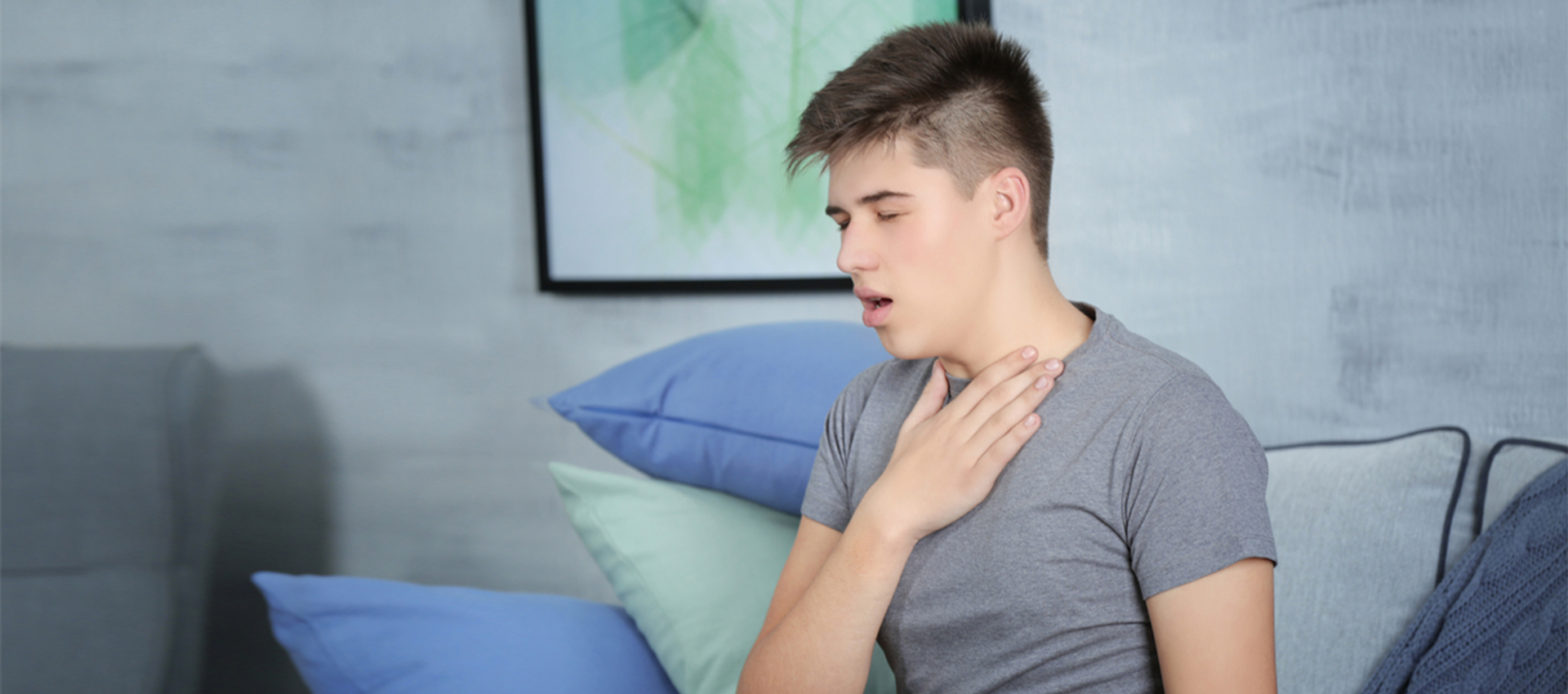
After a long day, laying down and unwinding is all we want. This has become challenging recently, though, as it gets harder for you to take a breath. This can be very upsetting because the night is meant for unwinding and getting a good night's sleep. But you are not the only one who is facing this.
It can be challenging to determine precisely what is upsetting your night-time routine because this shortness of breath can be a sign of a variety of illnesses. This may be due to sleep apnea, nocturnal asthma or allergies, obesity, panic disorder, respiratory infections, COPD or even congestive heart Failure.
The illness known as obstructive sleep apnea (OSA) makes it difficult to breathe correctly while you sleep. Sleepers who have respiratory difficulties have "apneas"—moments of arousal brought on by low blood oxygen levels. Sleepers who experience this awaken coughing or gasping for air. Sleep apnea, which is mistakenly thought of as just snoring but is actually a potentially serious sleep disorder in which breathing regularly stops and starts. This is one of the most common causes of shortness of breath while lying down. In sleep apnea, your throat muscles relax and block your airways, especially when you're on your back. Snoring, gasping for air as you sleep, waking up with a dry mouth or sore throat, trouble falling asleep, headaches, irritability, and daytime lethargy are all signs of sleep apnea. Nasal decongestants and breathing apparatuses like a continuous positive airway pressure (CPAP) machine are some effective therapeutic options.
One should be concerned about this shortness of breath if its severe (inability to talk), is causing chest pain, arm pain or profuse sweating, having weak pulse, dizziness and/or rapid heart rate. In such cases immediate medical help should be taken.
If your shortness of breath is not severe, you can use regulated breathing techniques to alleviate your symptoms, like pursed-lip and diaphragmatic breathing. You might also leave the fan on in your room to help you feel less out of breath. Your doctor may advise utilising a CPAP or BiPAP (Bilevel Positive Airway Pressure) machine to treat your obstructive sleep apnea if you experience breathing difficulties while you sleep. These tools improve respiratory comfort, enabling you to get a good night's sleep.
Let us understand what these machines are.
Continuous positive airway pressure is referred to as CPAP in short. A steady stream of air is delivered to the throat by CPAP machines to ease breathing while sleeping. To run the machine, they have a tiny water tank and filter. A hose with a CPAP mask is attached to the machine's engine. A chin strap holds this mask in place over the mouth and nose. The machine's constant air pressure keeps the airways wide open, which enhances breathing and promotes deeper sleep.
Like CPAP machine, nasal continuous positive airway pressure (NCPAP) machines only attach to the nose. NCPAP machines use a nasal mask that is fastened to the face by headgear and nasal plugs in place of a complete face mask. For people who prefer less weight on their faces, nasal pillow masks are frequently more comfortable because they do not cover the mouth.
A BiPAP, or bilevel positive airway pressure machine is also a type of a CPAP machine but with one significant exception, it functions in a manner similar to a CPAP machine however instead of producing a single level of air pressure, bilevel machines produce multiple levels. Similar to CPAP devices, BiPAP machines can be equipped with a nasal mask or a full-face mask.
Both of these devices can lessen sleep apnea symptoms and improve the comfort of breathing while you sleep. But for some, BiPAP therapy's change in air pressure may be preferable.
Inside the mask, CPAP devices produce a constant air pressure, strong enough to widen the airways and enhance breathing. Sleepers must exert extra pressure to exhale with a single pressure level, though. For those who suffer from disorders that impact the muscles and nerves, this lack of diversity may be challenging.
BiPAP machines deliver increased inhalation pressure (IPAP) and lower exhalation pressure (EPAP). For people with sleep apnea, high pressure during inhalation can force air into the lungs even if the airways constrict. For people with muscle and nerve problems, various pressure levels can also make breathing easier. These people can breathe more easily thanks to the various pressure settings, which allows them to sleep peacefully.
Your doctor can assist you in choosing an efficient treatment strategy if you have sleep apnea. Standard PAP therapy has varying effects on different people. Your doctor will work with you to discover a better pressure setting if the initial one recommended by them is ineffective. Changing from a CPAP machine to a Bilevel machine is sometimes necessary.
We at Oxymed supply all such medical equipment and can be of help to you as we are an established name in the medical equipment suppliers in Dubai UAE and Delhi-NCR India, specializing in providing high-quality health care supplies and equipment. We offer medical equipment and supplies at competitive prices to healthcare professionals across Dubai UAE and Delhi-NCR India. Our name is sought after in the list of medical equipment companies in UAE & INDIA